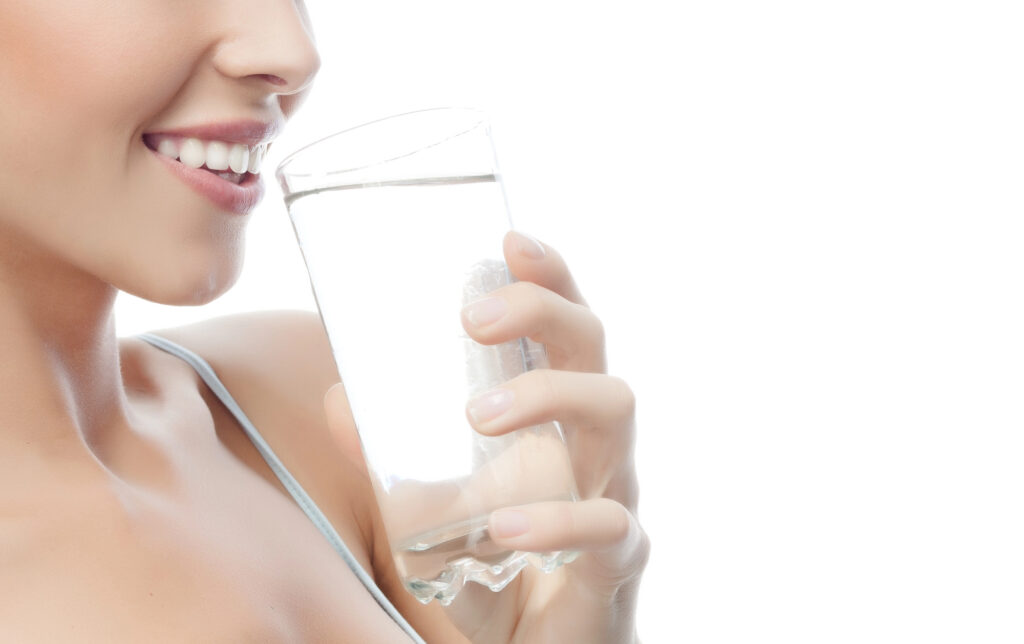What’s The Best Way to Floss
We all know we should floss, but it can be tough. Part of this is because flossing can feel like an extra task in an already busy day, but it...

You know about fluoride in your toothpaste and fluoride treatments at your dentist, but did you know you can find fluoride in tons of other places?
That’s right; fluoride occurs naturally in plenty of places, and these surprising sources can provide an extra benefit to your dental health.
Fluoride is a mineral that has long been touted as a dental superhero. And rightfully so. Fluoride helps strengthen teeth by fortifying enamel and fighting cavities.
Fluoride can be absorbed directly through the teeth, which is how the fluoride in your toothpaste is absorbed into your tooth enamel. However, even if fluoride is ingested by eating and drinking, it ends up in your saliva, coating teeth and strengthening them through absorption.
Fluoride is found in many places in nature, in soil, rocks, and water. You can also find it in some of the foods and beverages you drink every day.
One of the most common and well-known sources of fluoride is actually right from your kitchen sink. While all water contains trace amounts of fluoride naturally, it is frequently not a sufficient amount to significantly improve tooth health.
As a result, many municipalities add fluoride to public water supplies in a process known as water fluoridation. The levels are carefully controlled to provide dental benefits while avoiding any potential health risks. About 73% of the U.S. population served by community water systems receives fluoridated water.
Black, green, and oolong teas all contain fluoride, with levels varying based on the type of tea and where it was grown. Tea plants absorb fluoride from the soil, concentrating it in their leaves. Several types of tea can have additional health benefits, including boosting immunity, improving cardiovascular health, and even improving blood sugar levels.
Some seafood, particularly shellfish and crustaceans, can be high in fluoride. This is because marine animals absorb fluoride from seawater, which has higher concentrations than freshwater. Seafood is a source of lean protein and a healthy addition to your diet.
Grapes, and subsequently wine and raisins, can contain significant levels of fluoride. Raisins are the best source, although you should look for raisins without added sugar. Also, while red, white, and blush varieties of wine all contain fluoride, white has the highest concentration.
Some veggies contain helpful amounts of fluoride and, as you know, a host of other health benefits. Some top recommendations for fluoride include:
While toothpaste is the most obvious dental source of fluoride, it’s far from the only one. Many other oral care products are fortified with this mineral:
While fluoride offers clear dental benefits, it’s important to get the right amount – not too little, but not too much, either. Excessive fluoride intake, particularly in young children whose teeth are still developing, can lead to a condition called dental fluorosis – a staining of the tooth enamel. However, keep in mind that it is rare to get too much fluoride when dental products are used properly and not swallowed.
If you have concerns about whether you are getting too much or too little fluoride, talk to your dentist. We can assess the health of your teeth and make personalized recommendations. Give us a call today to schedule your next check-up!